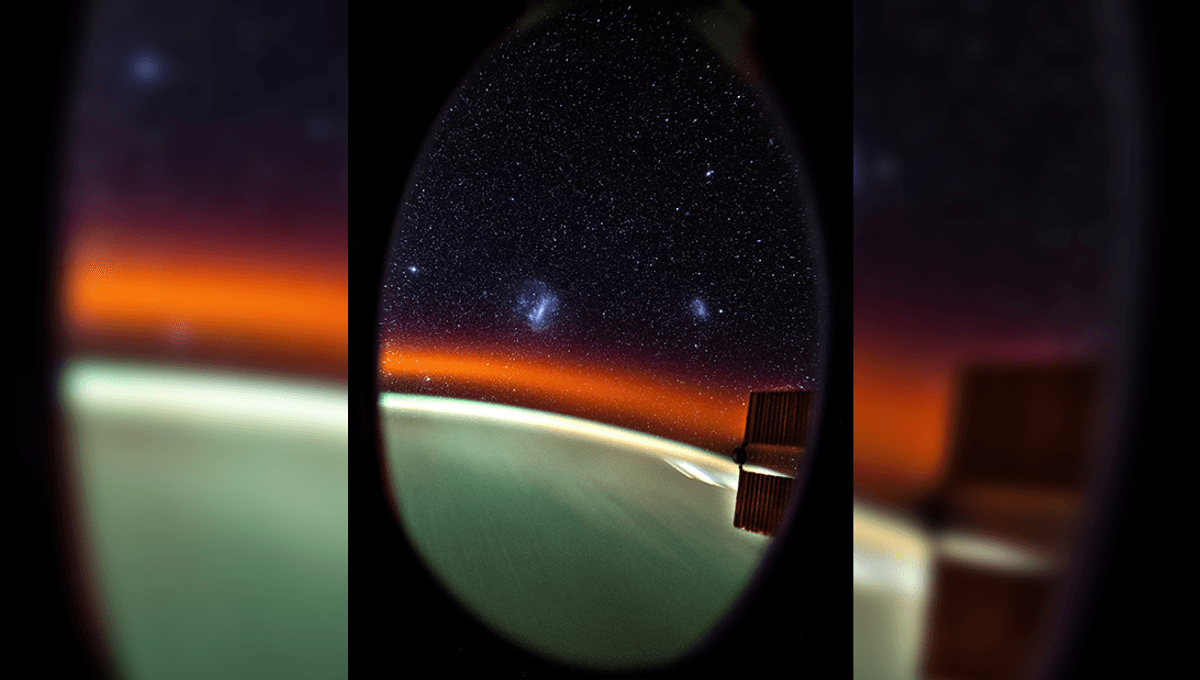
It’s a common misconception that people on the International Space Station (ISS) or on the Moon can’t see stars. We have to blame space photos for that. The way we photograph things in space doesn’t usually give the stars a chance to appear in a pretty manner. In reality, in space, you can see a lot more stars than from the ground – you no longer have the effects of the atmosphere or light pollution to contend with. This has been recently showcased by NASA Astronaut Don Pettit who delivered stunning views of our galactic neighbors from onboard the ISS.
“In space, you can see stars! This is a time exposure using a home made tracker that cancels @iss motion. I flew it in my personal stuff. More photos to come and how [sic] this all works,” Pettit wrote in an Instagram post.
The subject of the photo is the Large and Small Magellanic Clouds, two dwarf galaxies that orbit the Milky Way. They are visible from the Southern Hemisphere, and, as we can see below in a second photo, quite clearly from space. It is a testament to both the talent and skill of Pettit as a photographer to get such amazing shots.
It’s difficult to take pictures of stars in space because they are very dim. Our planet and the Moon are so much brighter, making it difficult to catch everything at the same time. To take good pictures in space you need to have a high shutter speed and a very short exposure, which means our planet and satellite are clearly visible but the stars often can’t be seen.
On top of the unusual light conditions in space, there’s another factor, which requires rapid reaction times from the camera. The ISS moves at 8 kilometers per second (17,150 mph) which is great for staying in orbit but less so for not-shaky images. This is why Pettit had to come up with his own tracker to deliver such incredible images. The galaxies are perfectly clear but you can see the Earth is a blur.
Another video Pettit recently shared showed what he jokingly called “cosmic fireflies”. The video may look pretty but it actually shows Starlink satellites, part of Elon Musk’s artificial megaconstellation, reflecting sunlight from their solar panels.
However, scientists are concerned that megaconstellations and a multitude of satellites sent to space by private companies are bringing light pollution to areas of the planet where artificial light was not previously present.
Source Link: Astronaut Snaps Stunning View Of Dwarf Galaxies From The Window Of The ISS